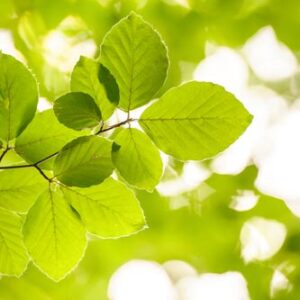Description
The Silver Birch or European White Birch (Betula pendula) is a fast-growing tree with short spreading branches and lustrous white bark – features that make it ideal for planting in the ground that is exposed to winter gales and is useful when sheltering pools, noisy areas or where there is heavy traffic.
It’s also a popular choice for those seeking a look that will add beauty to their property during the autumn months since its leaves turn yellow making a dramatic contrast against its main crown.
One of Europe’s most common native trees, it can grow up to almost 30m tall and under suitable growing conditions can be expected to live up to 160 years provided it gets enough water during its first year after planting out. The Silver Birch looks best planted in large blocks or clumps along avenues, as well as being used in parks and larger gardens where they will not only provide good wind protection but also be of benefit to butterflies who depend on them for food.




